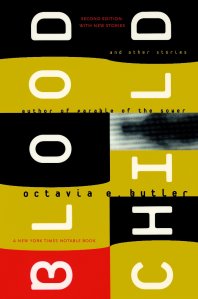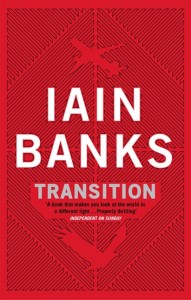 Robinson called Wolf Hall one of his favorite novels, and coincidentally he published a biographical novel the same year in which Mantel’s book on Thomas Cromwell appeared. Robinson’s interest in history was no fad: in 2002 he had already published The Years of Rice and Salt, an alternative history that starts with the plague decimating Europe in the 14th century, and in 2013 he wrote about humans in Europe during the ice age, 32.000 years ago. As in Shaman, one of the main subjects of Galileo’s Dream is the birth of science.
Robinson called Wolf Hall one of his favorite novels, and coincidentally he published a biographical novel the same year in which Mantel’s book on Thomas Cromwell appeared. Robinson’s interest in history was no fad: in 2002 he had already published The Years of Rice and Salt, an alternative history that starts with the plague decimating Europe in the 14th century, and in 2013 he wrote about humans in Europe during the ice age, 32.000 years ago. As in Shaman, one of the main subjects of Galileo’s Dream is the birth of science.
Galileo Galilei has been called the father of the scientific method, and so it needn’t surprise Robinson became interested in the guy – Robinson names science “the most ethical religion, the most devoted and worshipful religion” in the final pages of the book. On the next page, Robinson has the narrator describe what might be the best summary of Robinson’s own philosophy & poetics I have come across:
The good that he fought for is not so easy to express. But put it this way: he believed in reality. He believed in paying attention to it, and in learning what he could of it, and then saying what he had learned, even insisting on it. Then in trying to apply that knowledge to make things better, if he could. Put it this way: he believed in science.
But Galileo’s Dream is not only about reality – it is also about the hidden parts of reality, the parts we can’t explain yet, and about the future. In the book, Galileo is visited by far-future time travelers living on the Galilean moons of Jupiter, taking Galileo with them to help with a conflict in their own time. As such, it is also an homage to Johannes Kepler’s Somnium, one of the first works of science fiction, published in 1608.
A hybrid historical novel on the birth of science with Galileo visiting the Galilean moons, and a formal homage to the birth of science fiction too: that sounds a bit convoluted, no?
I’m not saying Galileo’s Dream is a 100% success, but somehow Robinson manages to pull it of – a testament to his ethical commitment, his dedication as a researcher, and, crucially, his love for what he writes about – in short, encompassing those three things: his love for reality.
Let’s take a closer look.

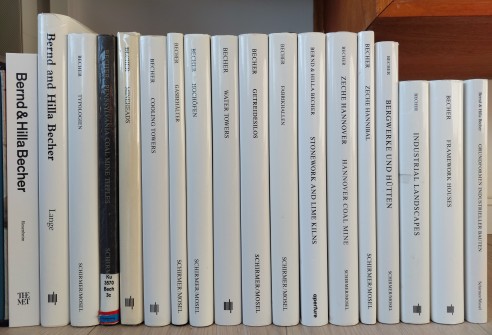

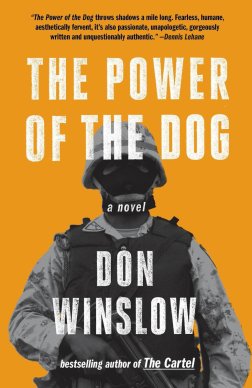

 Dubbed as one of the ultimate Great American Novels by some, I looked forward to reading this, but DNFed at 30%. It’s basically a violent (anti-)Western with lots of descriptions of landscapes. I have no idea why it is included in some lists of speculative fiction.
Dubbed as one of the ultimate Great American Novels by some, I looked forward to reading this, but DNFed at 30%. It’s basically a violent (anti-)Western with lots of descriptions of landscapes. I have no idea why it is included in some lists of speculative fiction.




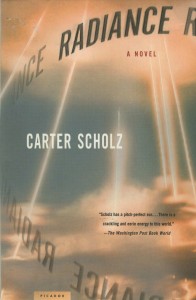
 I have to say I didn’t think Australia’s Greg Egan to be an important science fiction author – I have seen a few mentions of his 1994 novel Permutation City in a few lists over the years, but that’s about it. He got a Hugo for a novella, but overall he’s not a prize winner, and there doesn’t seem to be a big buzz when a new title of his appears.
I have to say I didn’t think Australia’s Greg Egan to be an important science fiction author – I have seen a few mentions of his 1994 novel Permutation City in a few lists over the years, but that’s about it. He got a Hugo for a novella, but overall he’s not a prize winner, and there doesn’t seem to be a big buzz when a new title of his appears.